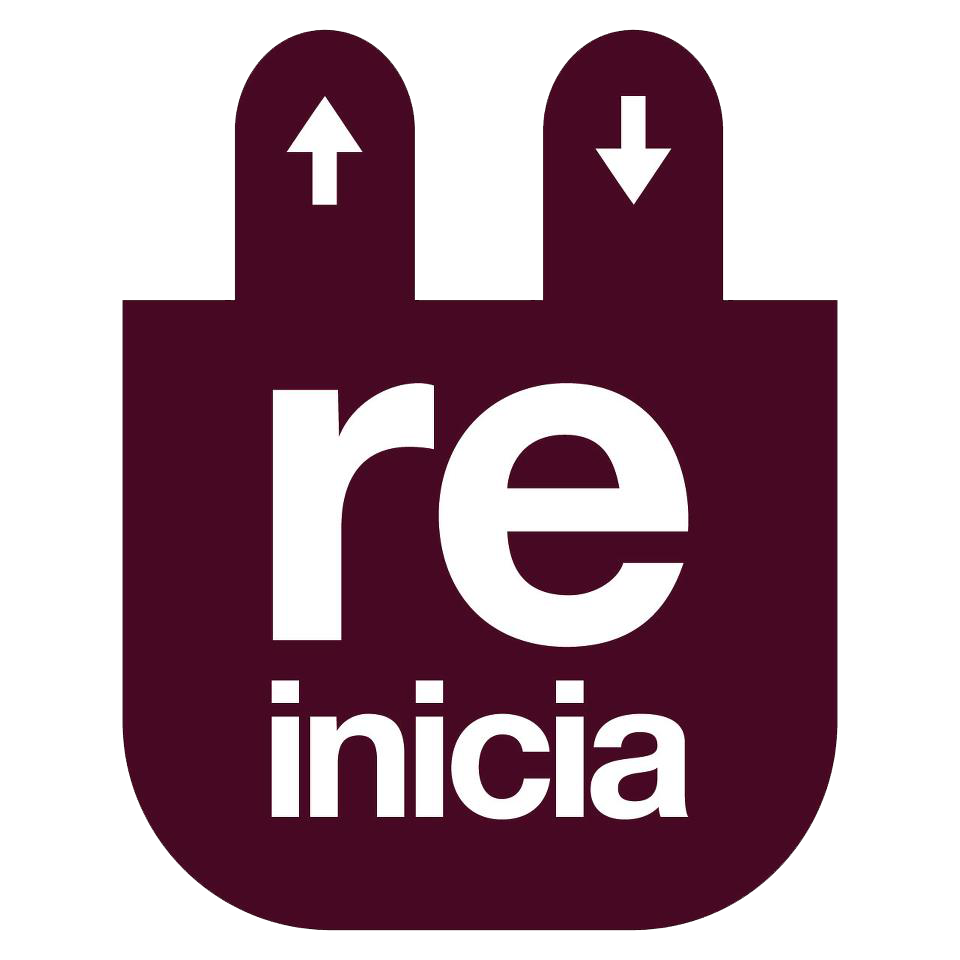Term: CABLING ACRONYMS
FR:
According to its fire behavior may appear different acronym:
– FLAME RETARDANT. To the following standards referred:
EN 60332-1: Tests on electric and optical fibre cables under fire conditions. Tests for vertical flame propagation for a single insulated wire or cable. IEC 60332-1 also.
EN 60332-2: Tests on electric and optical fibre cables under fire conditions — Part 2-1: Test for vertical flame propagation for a single small insulated wire or cable. IEC 60332-2 also.
– FIRE RETARDANT. To the following standards referred:
EN 60332-3: Tests on electric and optical fibre cables under fire conditions. Test for vertical flame spread of vertically-mounted bunched wires or cables. IEC 60332-3 also.
There are different categories: A, B, C, D.
– FIRE RESISTIVE. To the following standards referred:
IEC 60331: Tests for electric cables under fire conditions. Circuit integrity.
The difference between Retardant and Resistive is that Retardant one resists the spread of fire into a new area and Resistive one maintain the circuit integrity and can continue to work (under specific conditions) for a time.
These initials indicate LOW SMOKE + O (Zero) HALOGENS:
– LOW SMOKE. To the following standards referred:
EN 61034: Measurement of smoke density of cables burning under defined conditions. IEC 61034 also.
So Low Smoke means low opacity of smoke emitted.
– O (Zero) HALOGEN. To the following standards referred:
EN 50267: Common test methods for cables under fire conditions. Test on gases evolved during combustion of materials from cables. Determination of the amount of halogen acid gas. IEC 60754 also.
So Zero Halogens mean no acid gases emitted by the combustion.
RoHS:
Restriction of the use of certain Hazardous Substances (Directive 2011/65/EU): It Is a directive of the European Parliament and of the Council of 8 June 2011 on the restriction of the use of certain hazardous substances in electrical and electronic equipment (before Directive 2002/95/EC).
So when a cable has passed the RoHS restrictions is that the cable does not contain any of the hazardous substances on the directive document list.
Bibliography:
www.aenor.es
www.webstore.iec.ch
www.ec.europa.eu






